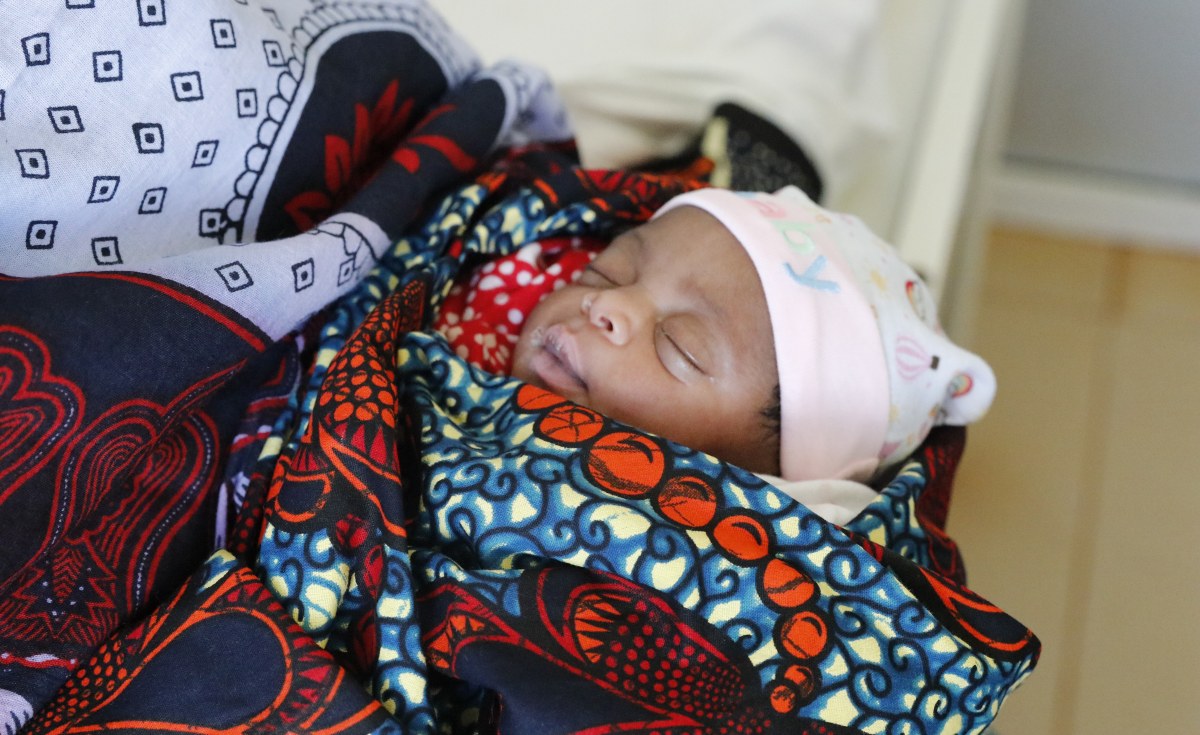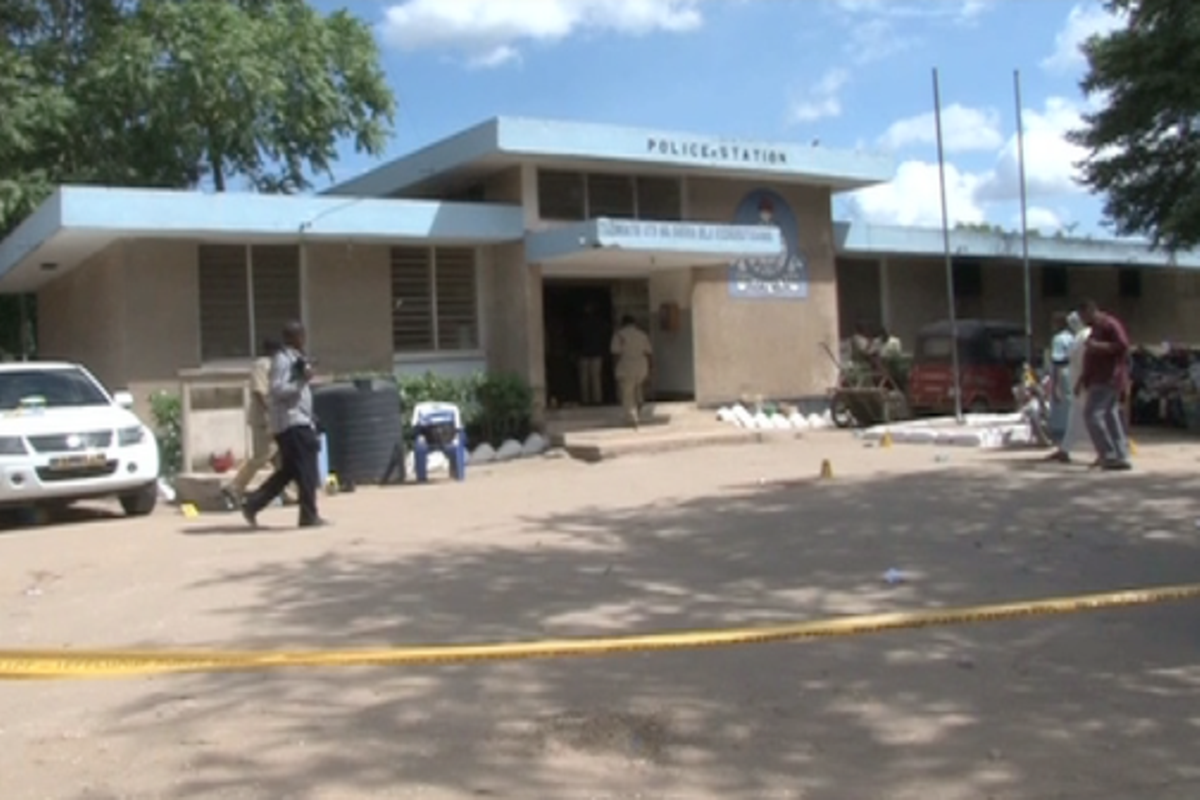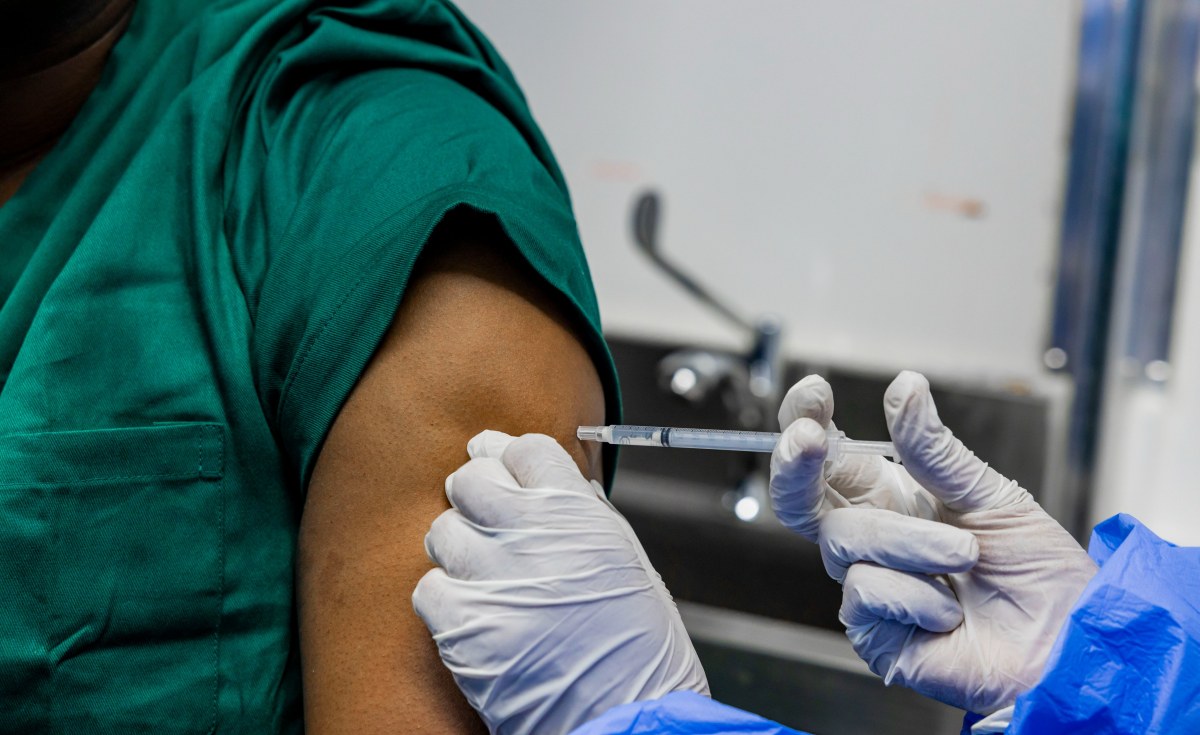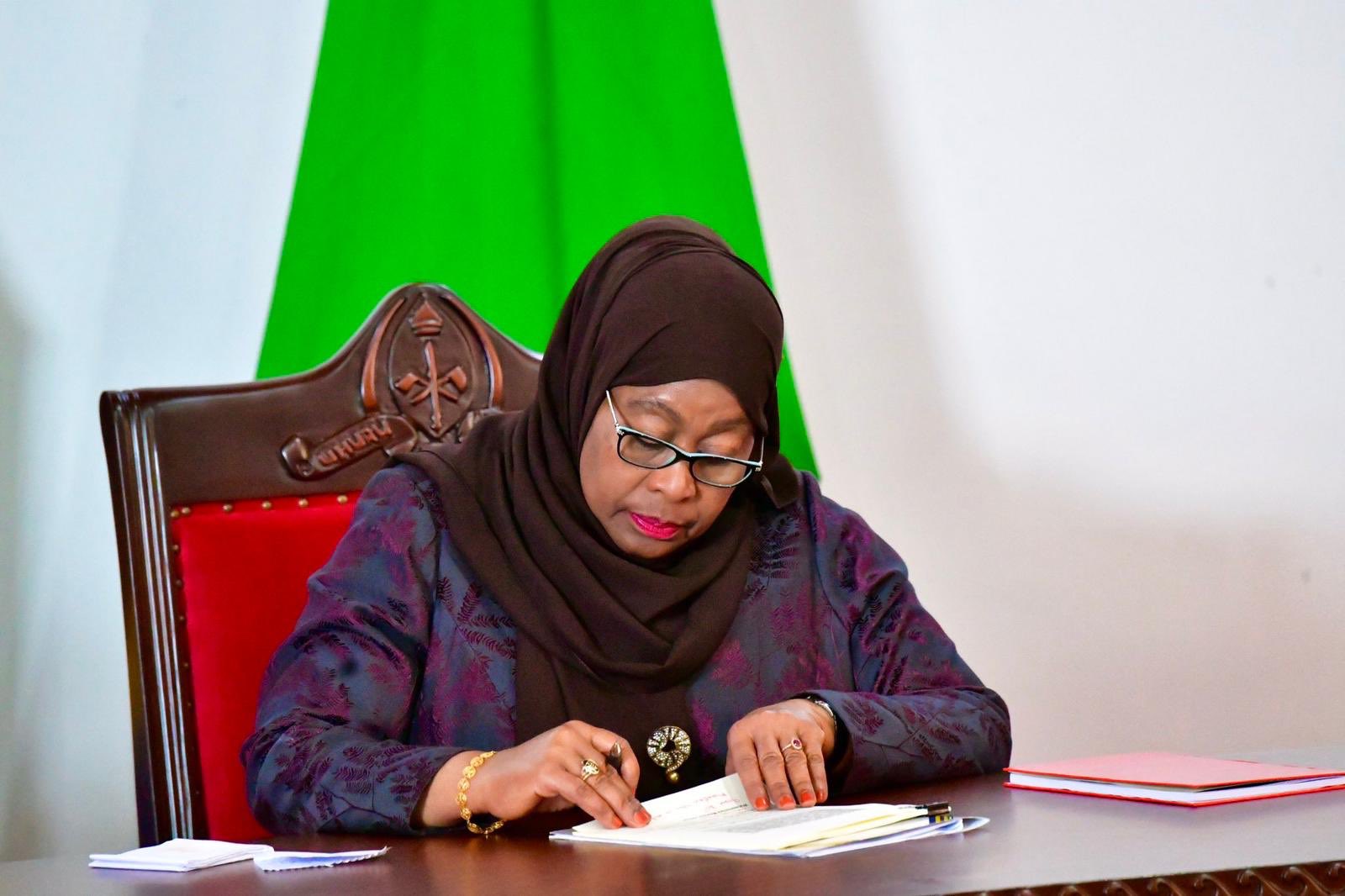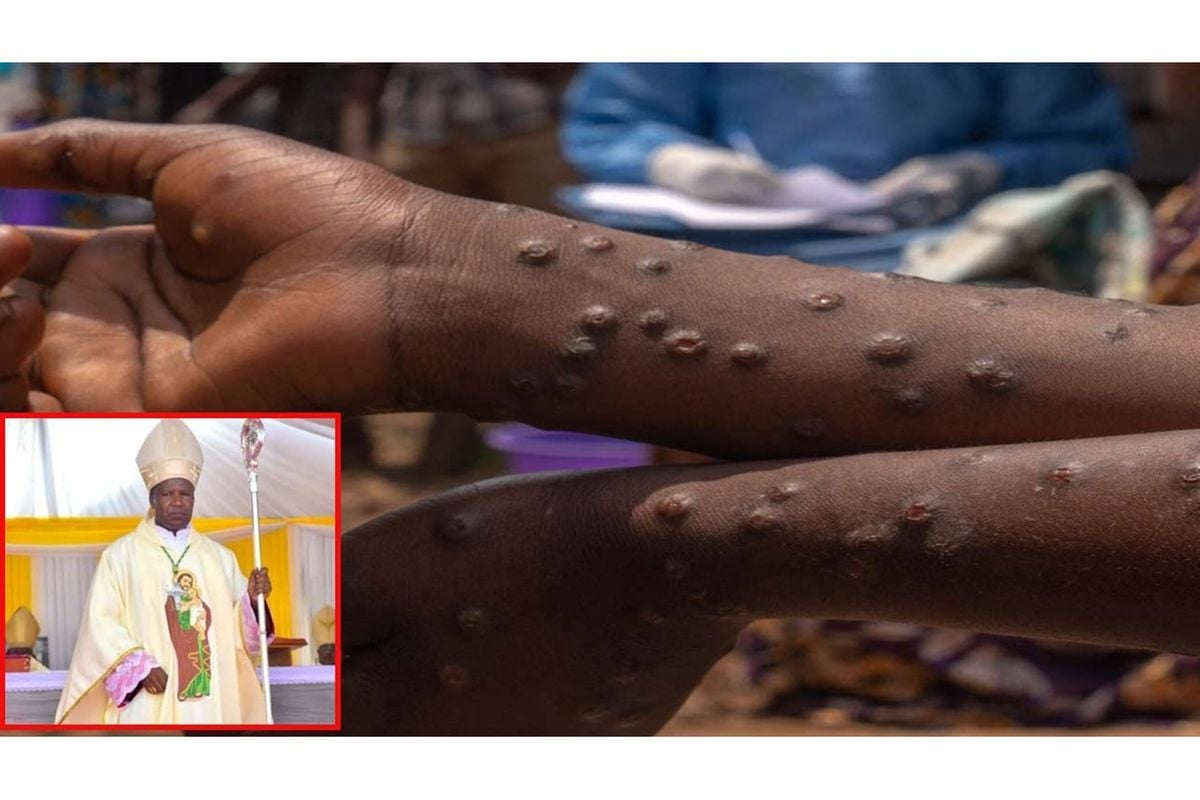
Dar es Salaam. Tanzania and Kenya may have their differences but they are good friends as well, a business leader has said.
In his first wide-ranging interview since finalizing the takeover of Kenya’s Bamburi Cement, the group managing director at Amsons, Mr Edha Nahdi, says beyond the usual spats, the two countries are partners and that they have been embracing investors from either country with a lot of enthusiasm.
“Some see Kenya and Tanzania as fierce rivals, but it is a misconception that Tanzanians and Kenyans cannot work together,” Nahdi tells The Africa Report in an article that was published on March 19, 2025.
The Africa Report, a Paris-based English-language quarterly magazine that focuses on African politics and economics, quotes Nahdi as saying that while a number of Kenyan businesses and banks like KCB and Equity have operated successfully in Tanzania for 14 or 15 years, a number of Tanzanian firms have also successfully entered the Kenyan market.
“Likewise, when we entered Kenya, we received strong government support, a warm welcome and excellent cooperation,” Nahdi says in The Africa Report article.
He acknowledged Kenya’s advanced level over Tanzania in terms of the size of the economy and quickly noted that Tanzania’s was also expanding rapidly.
“That’s not to say we aren’t in different stages of development.” Kenya has a more advanced, mature economy. Meanwhile, Tanzania is rapidly growing and on the verge of significant expansion, with some sectors already maturing and presenting unique prospects. But rivals? No, our two countries are not rivals,” says Nahdi as quoted by The Africa Report.
Tanzania and Kenya, the two largest economies in the East African Community (EAC), are often engulfed in spats around non-tariff barriers but such difference have been diminishing over the years.
In early 2024, Kenya’s Agriculture and Food Authority (AFA) introduced a two percent levy on cereals and legumes, sparking protests from Tanzanian traders and leading to the blockage of more than 40 trucks at the Namanga border.
Amsons has set its eyes on becoming the East Africa’s top cement maker after acquiring Bamburi Cement at $182 million in 2024; injecting $175 million to acquire 65 percent stake in Mbeya Cement in 2023 and the ongoing $320 million investment to the Bamburi clinkerisation unit in Mombasa.
According to The Africa Report however, as East African businesses like Amsons Group push for dominance in the region’s cement industry with major acquisitions, they face overwhelming competition from Chinese heavyweights.
“There was a lot of competition,” Nahdi said in the interview with The African Report.
“Companies from North Africa, India and China were all interested in the asset, so the bidding got quite fierce. Financially, we had to step outside our comfort zone to get the deal done.”
He told The Africa Report that Amsons spent nearly two years on the ground conducting market analysis before the Bamburi deal.
Apart from the $320 million investment to the Bamburi clinkerisation unit in Mombasa where the groundbreaking is planned for October and production should start 24 months later; two new greenfield cement plants in Tanzania, Amsons is also on the lookout for opportunities in Uganda.
“Uganda is a brother to Kenya and Tanzania – we are all part of the East African Community. In Uganda there are both greenfield and acquisition opportunities,” says Nahdi in the interview.
“For now, everything is on the table,” he tells The Africa Report.


